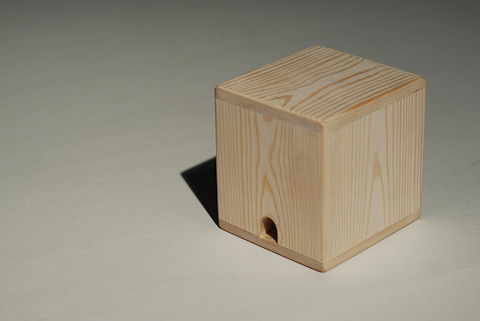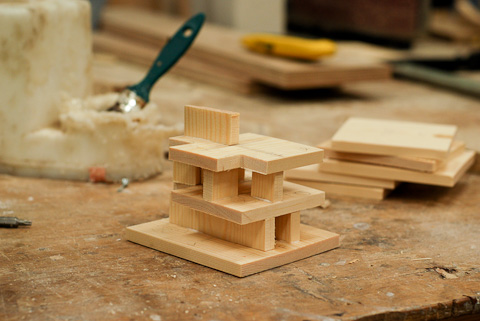Perceptions & Assumptions
Monday, June 14th, 2010We know how to use almost all the objects that surround us. Our ability to learn and retain memories from past experiences, together with our perception of reality, build a set of assumptions over the objects, shaping our behavior while using them. As David Rockeby wrote in his interesting article The Construction of Experience, “the interface itself, by defining how we perceive and navigate content, shapes our experience of that content”. We experience the reality through our sensory system. From Rockeby’s article, “there is the reality out there – raw sensuality. The base of human-reality interface is raw and uncoded. We decode with perceptual filters”.
A repeated experience with an object tends to build a standard in our mind. We (designers) use these standards as metaphors to facilitate the comprehension and use of a complex or new concept.
And there is intuition, that is also constructed and being modified based on our experience and sensory perception.
But what happen when we don’t know anything about an object?
I’m interested on how an unknown object can challenge us, how is the process of discovering its functionality, its features, how to operate it. And the feelings that can arise on the user: frustration, disappointment, curiosity, surprise, addiction, etc.
Is it possible to have a new, pure relationship with an object with no assumptions? How many levels of content can we access though our senses? How many other levels are we missing if we only rely in our senses?
Is the intuition a result of our sensory perception and assumptions from our past experiences? Or is an independent dimension?
I started exploring some of these questions with a small experiment as part of an open exploration with the aim to have a better understanding of the essence of the interaction between humans and objects.
The experiment consisted of giving a wood cube to different people and let them interact with it, with no instructions. The cube has a labyrinth inside, with a ball in it. It has also a hole.
The purpose of the experiment is to generate an instant assumption that drives the interaction with the object. However, during the experiment, the object seems to challenge the assumption, generating doubt about the real goal, addiction or frustration. Here a video of the experiment.
Without any instructions, only by seeing the hole and hearing a ball trapped inside, the goal seems clear. It’s interesting to see the reactions and the evolution of the exploration of the object by different people.
Jacek spent twenty minutes. He found the hole was a problem, as it was setting up a challenge an offering a goal without assuring it – “this hole makes everything complicated”. The curiosity to know what was inside make him thing about other ways to open the box, even break it – which could actually have been the goal, why not?
In other cases there were ups & downs on the motivation to pursue a goal that wasn’t clear. For example during the experiment with Shruti, there is two moments where she seems to give up, but continues for some more minutes. Is the assumption that makes her continue exploring? Maybe the possibility to find another goal? When is it “enough”?
It seemed to be a cycle in all the experiments: exploration, (assumption of the goal), motivation, try understand the inside, query the goal, frustration, (something that made continue exploring or giving up), motivation, and so on.
A bit more analytical, Mayo made some questions to narrow down the possibilities of the purpose of the object, and the experiment. As he explained me later, he spent a some time trying to mentally draw the labyrinth to get the ball out. “It seems that is why it was build for. Or for making music”.
At some point the ball gets stuck on the labyrinth, and needs to be shaken to be released. That added some confusion.
Some other people tried to put stuff inside through the hole to see if it could come out later on.
Laura proposed me to put different materials on the labyrinth’s walls in order to facilitate to find the way out for the ball. She’s always constructive, even building over the assumption that the goal was getting the ball out :).
Actually there was no way out for the ball. The labyrinth was build to keep the ball inside. Some people considered this option but they continued trying, probably because a) there is no way to prove that you cannot take the ball out. b) it’s hard to look down on the obvious goal (a reasoned assumption) and spend time on finding a new uncertain goal.
That experiment has to be considered within a frame of an experiment, since the participants knew that there was a hidden purpose, not just playing. Although they were free to play as much time as they wanted, I’d like to repeat the experiment without asking to participate – leaving the cube on the street maybe. Also I’d like to test it with children, and see in which age they don’t build assumptions with a labyrinth, a ball and a hole.
Here some pictures of the inside:
More pictures here.
Thanks to Jacek, Jennifer, Dean, Elena, Shruti, Laura and Mayo.



